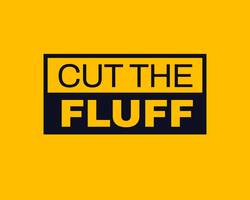
In a discussion on writing effective hooks, Erica Schneider shares seven key principles, including techniques like poking at pain and building intrigue, aimed at capturing and retaining audience attention. The conversation also covers various frameworks such as SCQA, T-A-S, and PAS, emphasizing the importance of linking the hook to the main takeaway.
Key Takeaways
• Writing hooks is essential for grabbing and keeping people's attention in the era of social media and short attention spans.
• Good hooks relate to people's pain, add credibility, build intrigue, leave cliffhangers, inspire others, have a spicy point of view, or use loss aversion.
• Hooks should be tailored to the audience and the topic being discussed.
• Using templates and copying others' hooks can make your writing seem unoriginal and uninteresting.
• Hooks should be used strategically and should deliver on their promise to avoid being seen as clickbait. Frameworks like SCQA, T-A-S, and PAS can be used to write effective hooks.
• Hooks should be tied to the takeaway to create a cohesive message.
• The spikiness of a point of view should be balanced with the risk of being perceived as controversial.
• Brand accounts can be challenging to grow, and it's important to focus on being relatable.
Key Moments
[00:00] Introduction and Overview
[03:50] Erica's Background and Journey into Writing Hooks
[06:30] Erica's Presentation on Writing Hooks
[13:35] Why Hooks Matter and the Difference Between Good and Bad Clickbait
[23:23] Principle 2: Adding Credibility
[24:45] Principle 3: Building Intrigue
[25:41] Principle 4: Leaving Cliffhangers
[27:02] Principle 5: Inspiring Others
[29:24] Principle 6: Having a Spicy Point of View
[30:16] Principle 7: Using Loss Aversion
[30:45] Writing Effective Hooks
[33:22] Creating Cohesive Messaging
[36:39] Balancing Spikiness and Controversy
[38:07] Challenges of Brand Accounts
[41:28] Hooked on Writing Hooks Course




